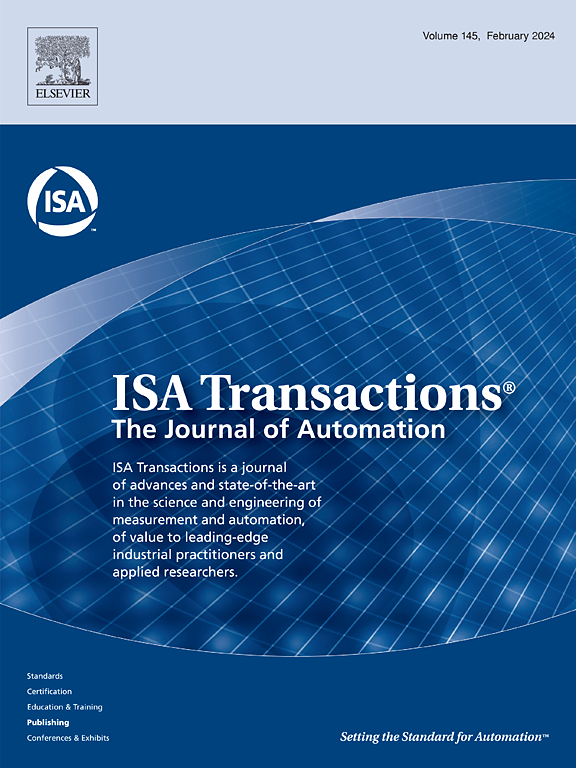Towards high mobility and adaptive mode transitions: Transformable wheel-biped humanoid locomotion strategy
IF 6.3
2区 计算机科学
Q1 AUTOMATION & CONTROL SYSTEMS
引用次数: 0
Abstract
Wheel-biped humanoid robots offer a promising solution that combines the bipedal locomotion and manipulation capabilities of humanoids with the mobility advantages of wheeled robots. However, achieving high mobility and adaptive wheel-foot transitions while maintaining essential bipedal functionality in a transformable wheel-biped configuration (TWBC) presents a significant challenge. To address this, this paper proposes a transformable wheel-humanoid framework (TWHF), which enhances traditional humanoid robots by incorporating a compact, decoupled wheeled subsystem. This design effectively balances high-speed wheeling, seamless mode transitions, and fundamental bipedal locomotion. A novel key phase decomposition (KPD) methodology is introduced to analyze and decouple transition motions, providing structured guidance for subsystem design, motion planning, and control. Transition reference motions are optimized using a particle swarm optimization-based motion optimization (PSOMO) approach, leveraging sagittal modeling to ensure dynamic stability and kinematic feasibility. Additionally, the proposed trunk-ankle collaborative control (TACC) strategy further enhances transition adaptability to terrain discrepancies. Extensive experiments conducted on the wheel-humanoid BHR8-2 validate the proposed TWHF, demonstrating stable hybrid locomotion across diverse terrains and achieving wheeling speeds exceeding 10 km/h.
求助全文
约1分钟内获得全文
求助全文
来源期刊

ISA transactions
工程技术-工程:综合
CiteScore
11.70
自引率
12.30%
发文量
824
审稿时长
4.4 months
期刊介绍:
ISA Transactions serves as a platform for showcasing advancements in measurement and automation, catering to both industrial practitioners and applied researchers. It covers a wide array of topics within measurement, including sensors, signal processing, data analysis, and fault detection, supported by techniques such as artificial intelligence and communication systems. Automation topics encompass control strategies, modelling, system reliability, and maintenance, alongside optimization and human-machine interaction. The journal targets research and development professionals in control systems, process instrumentation, and automation from academia and industry.
 求助内容:
求助内容: 应助结果提醒方式:
应助结果提醒方式:


